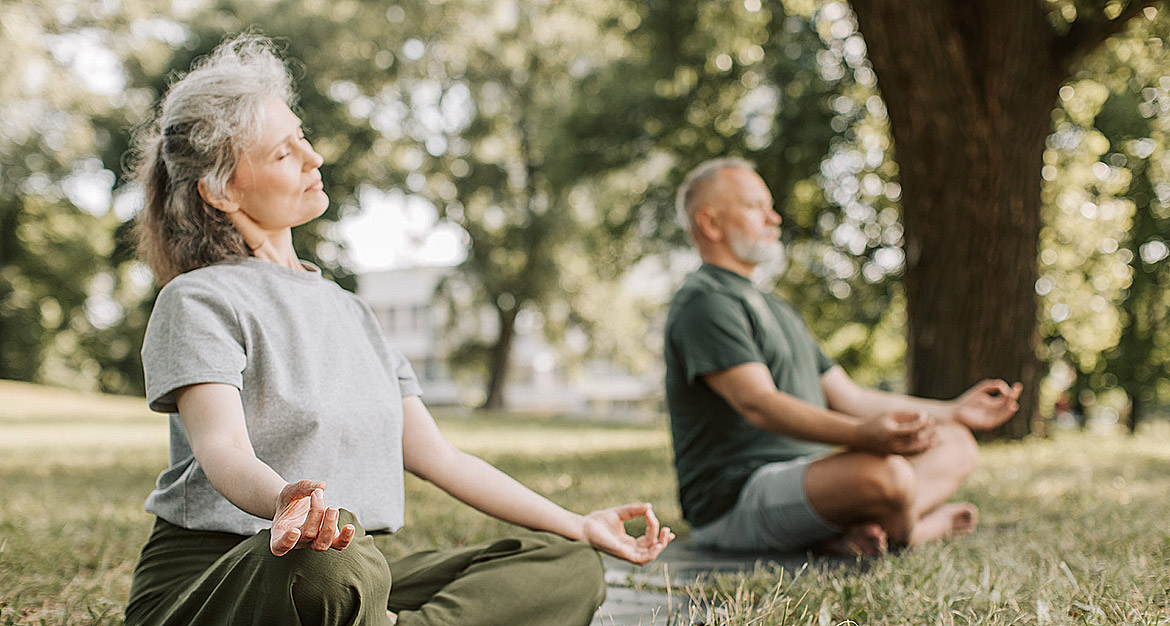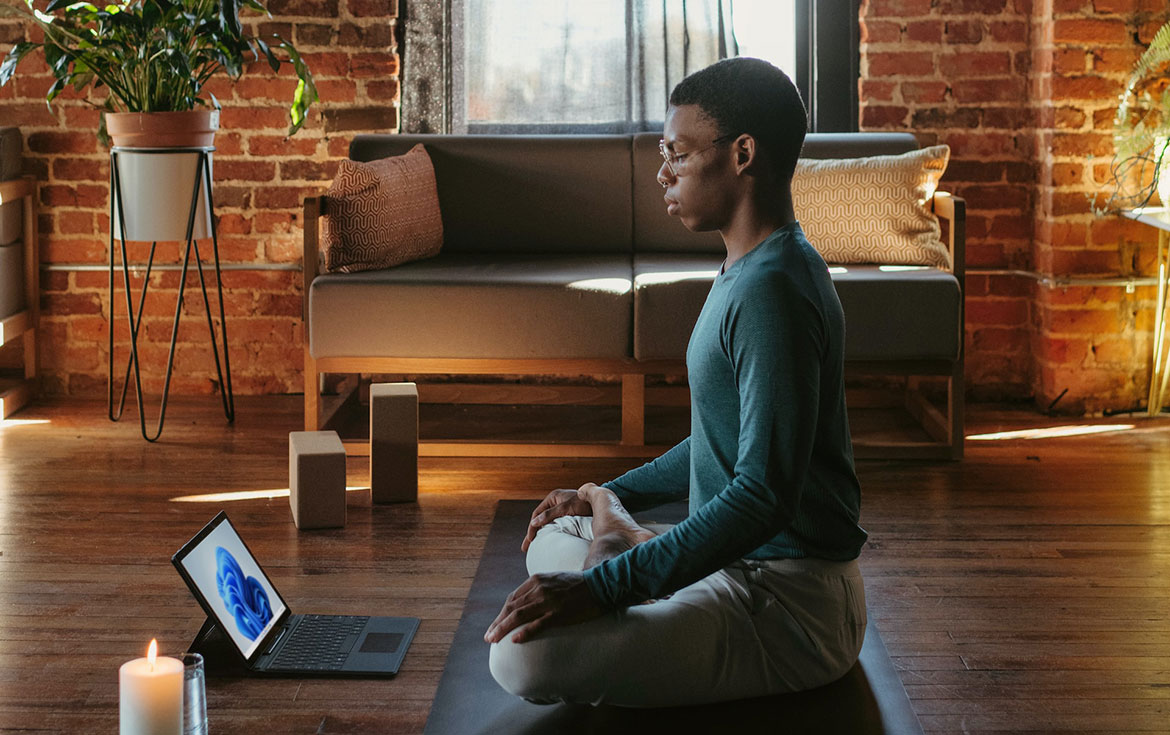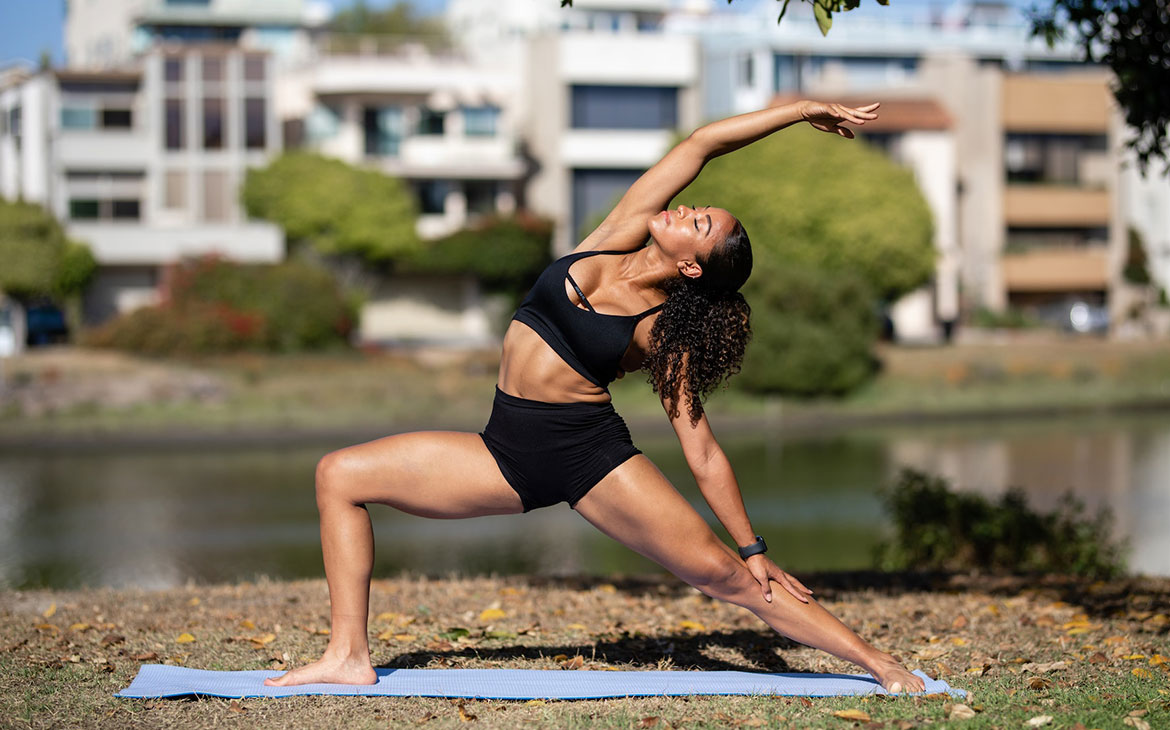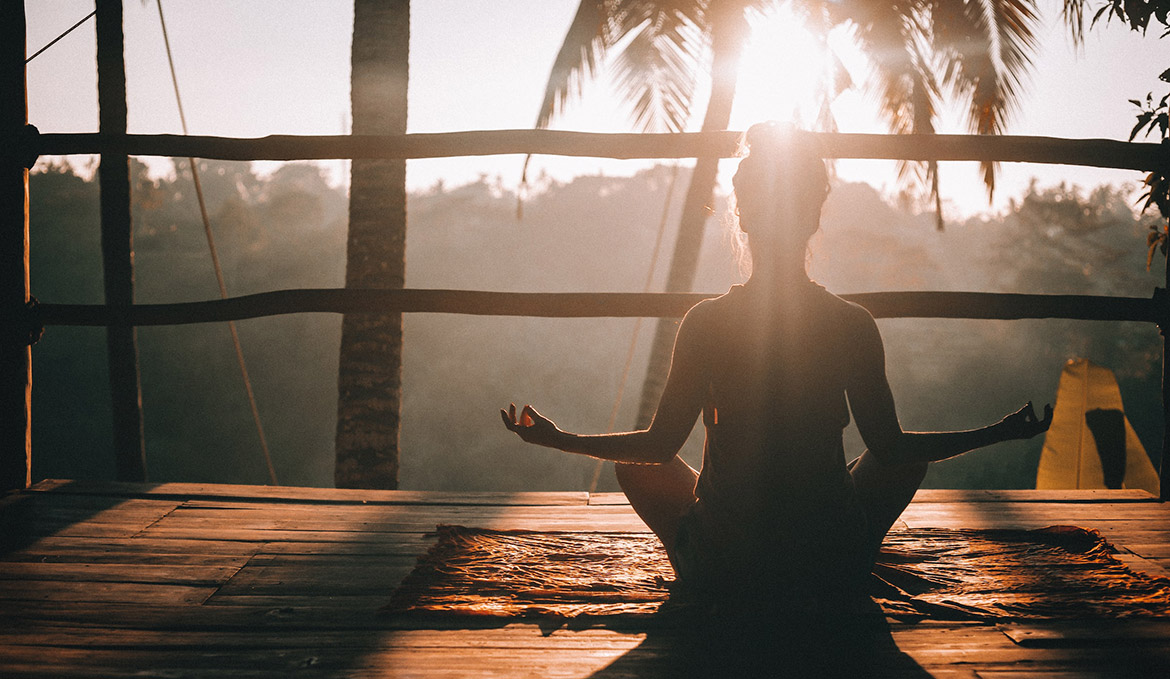Even those who have been meditating for a long time may find it difficult to quiet their minds while meditating. Even when you take time for yourself to be quiet, you are often driven to ask "What am I going to cook for dinner?" in the midst of silence, you might think.
While the idea of quieting your mind and being happy with meditation may seem refreshing, achieving a meditative state can be quite challenging for those of us whose thoughts are overactive.
If you are a person who tends to think too much, you may think that meditation is not for you. However according to experts, even people who are very busy can meditate successfully. Check out 9 tips on how you can achieve this below.
1. Create a schedule
Like all habits in life, practice is important when it comes to calming thoughts.
One of the simplest steps you can take to train your mind to calm down is to dedicate a certain time of day to it.

You can make the most of the mental benefits of meditation if you practice regularly every day. But of course, you don’t have to be too strict about it. So you don’t have to get up at 6 AM every morning to meditate.
Meditation should not have rules. It should be intuitive and should maket he meditator feel good. Therefore, the best time of day to practice is when you can continue your practice regularly.
2. Create a meditative space
It’s not easy to get into a meditative state when laundry is piled up around you or your little one is walking around. The physical environment is very important, especially in the early stages of meditation.
Create a space in your home that you will only us for meditation. This area does not need to be large or designed perfectly.
For example, you can designate a chair to meditate on, light a fragrant candle or sit in front of your favorite painting. Over time you will associate this peaceful spot with clearing your mind.

As your experience increases, you will see that you can get into a meditative state without being in the area you have determined in your home.
Meditation is as much a physical tool as it is a spiritual tool. We need to be able to take it wherever we go.
3. Meditate with other people
Although meditation may seem like a personal act, it is actually more powerful when it is with other people.

Collective energy is a powerful thing. Therefore, meditating with a partner or group will increase your experience.
Having a meditation partner will not only allow you to get rid of the preoccupying thoughts, but will also allow us to have responsibility that we cannot have alone.
4. Meditate virtually
Meditating virtually means incorporating technology into your practice.

It might seem silly to do this. After all, meditating is about disconnecting from the outside of the world. However, using virtual reality glasses, you can choose images such as a peaceful forest or a sunny beach and quiet your mind by removing all the outside distractions.
In addition to virtual reality glasses, you can watch a video by opening a view you like on YouTube. As you open the view and meditate, imagine the beauty on your screen surrounding you.
5. Try guided meditation
It is possible to find guided meditations on platforms such Hapday. Listening to the guiding voice during these meditations gives your brain something to focus on and keeps intrusive thoughts at bay.
Although guided meditation may not completely silence your mind, it is just as effective as silent meditation.
With guided meditations, you can get all benefits of meditation. These benefits include things like stimulating the sympathetic nervous system, calming anxiety, improving mood, lowering blood pressure, lowering heart rate, and reducing the stress response.
Try meditating by turning on a video or audio recording that matches your own personal goals, such as meditation for anxiety, better sleep, or better focus.
Meditate with Hapday your Welbeing Assistant
Join the millions of people using Hapday. Improve overall wellness & sleep.

6. Do yoga first
There is a reason why yoga and meditation are mentioned together. Coordinating your inhalation and exhalation with your physical movements has measurable effects on your mental focus.

According to a study conducted in 2018, yoga focused on movement and breathing can reduce stress parameters. In this study, it was seen that especially breath-focused practices were effective in maintaining attention.
Moving can also take away the pressure you feel about “being in the moment” during meditation.
Many people find it difficult to sit with an empty mind. Getting active with activities like tai chi, yoga or walking helps you reap the benefits of meditation without the mental struggle.
7. Practice breathing
One of the most important ways to quiet the mind is to practice controlled breathing. In fact, many meditation practices are mainly based on breathing because of the idea that mental and emotional benefits will follow.
Simply slowing our breathing has proven effects, such as calming our nervous system and reducing our feelings of anxiety. Paying attention to your breathing also ensures that you have a constant focus during meditation and helps you get rid of interfering thoughts.
8. Keep a diary before meditation
If you can’t keep your worrisome thoughts away while meditating, keeping a diary before meditation can come in handy.
For this, just take a notebook and write down all the thoughts that flow in your mind. You don’t need to change or censor your words while doing this. Just write until you feel comfortable.
9. Remember that it is normal for your thoughts to wander around your mind
If your mind is busy and you struggle with it, you can give yourself some indulgence. Being stubborn with yourself is not good for meditation.In fact, it’s perfectly normal for your thoughts to wander.
We are living in a world where our brains and senses are constantly stimulated. Therefore, it is normal for us to have problems in this regard. You shouldn’t be too hard on yourself. You are not the only one experiencing this problem, the whole society is experiencing it.
Also your version of successful meditating may be completely different from a mountain top meditating guru, which is also normal.
We need to normalize what meditation should look like. Meditation is not just sitting in a certain position with your palms facing up and your mind blank. Meditation is to achieve a brief sense of peace and serenity wherever you are during your practice.
As a result, meditation can be a method of relaxation, centering and self-discovery that you can reach even if your mind is traveling at a kilometer per minute.
With a few simple adjustments, you can find the meditation method that works best for you.



